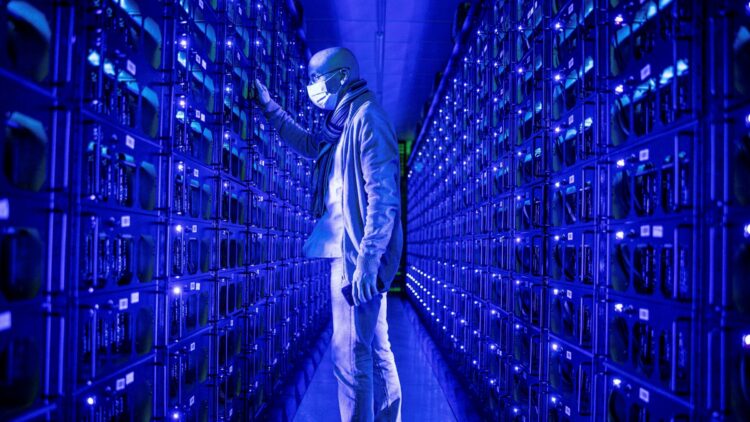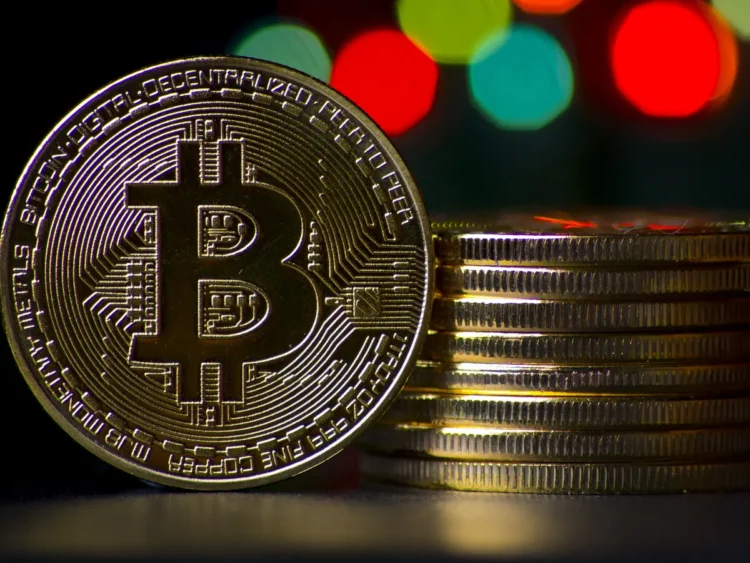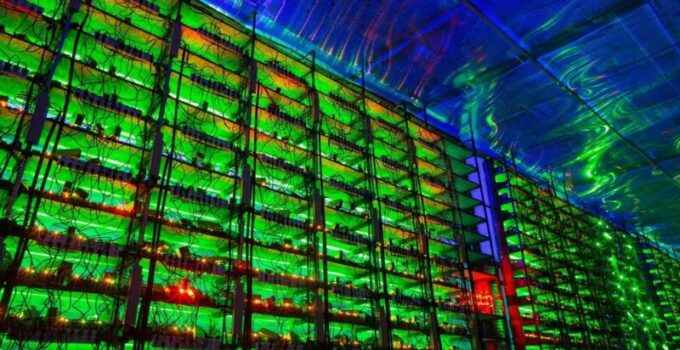An increase in demand for cryptocurrency has created a rat race for individuals and organizations to participate in Bitcoin mining actively. There is a paradigm shift in the working mechanism of mining, with ever so increasing difficulty levels. The mining process generally involves solving a complex mathematical problem, and whosoever can solve it in the least time possible is rewarded Bitcoins once the block is accepted into the Blockchain.
Page Contents
Bitcoin Mining And Miners

Source: ft.com
There are two phases of Bitcoin mining; while it is not related to big organizations jumping on the bandwagon, it means the application and working mechanism associated with mining.
Application Specific Integrated Circuit (ASIC) software, since its introduction in early 2013, has left miners using personal computers at a complete disadvantage due to large-scale investment in this sector by corporations with monetary backup.
Previously, the miners had to compete against one another to solve the hash code, which would add the cryptocurrency into the Blockchain, based on who could solve the equation faster. There are various prerequisites necessary for Bitcoin mining and profits generated henceforth are also dependent on that.
The concept of digital currency and its decentralized working methodology has some merits and demerits associated with it. However, there are different ways with which problems can be dealt. For miners, there are investments associated like electricity consumption, the price of hardware used for mining that requires computational efficiency, and the total number of participants actively engaging in solving hash codes that have increased the difficulty level multifold.
The chances of solving a code were quite probable, but now it has increased to a whopping 16 trillion outcomes, which brings the involvement of large corporations investing lump sum amounts of money for mining. Miners in the initial days, before the integration of powerful softwares and energy-efficient machines by big corporate mining firms, had to compete against each other for solving the block, which was comparatively easier to participate in.
When created, Bitcoins were capped at a specific number of 21 million, out of which, until the end of August 2024, 18.77 million Bitcoins have already been mined. To invest in cryptocurrencies, the latest trend within the market, and visit this site for more details. Miners nowadays are competing against organizations investing heavily in Bitcoin mining, thus increasing the competition rambunctiously.
Initial Investment And Difficulties

Source: forbes.com
Miners have to invest in buying equipment, and the cost of electricity varies from place to place. Therefore, before actively getting engaged in mining, it is better to look at the positive and negative aspects in today’s world with ever increasing competition within the crypto market, which can be found at https://prawica.net/trading-software/crypto-genius-recenzja-2021-czy-to-jest-legalne-czy-falszywe/
Cost-effective ways were devised, like the use of mining software before ASAC started to gain prominence. The variable cost of electricity based on different geographical locations did not impact the generation of rewards for miners. Although, once this shift occurred and big players entered the market, the competition also increased, thus rendering individual miners at a loss, both in terms of initial investment and difficulties related to Bitcoin mining.
The reward mechanism associated with Bitcoins is programmed to decrease as soon as more blocks start getting added into the Blockchain. For instance, every four years, the miners get half of the initial reward, which used to get generated on completion of mining a block, and subsequently, this will continue to deplete every four years by half. The miners were awarded 50 Bitcoins in 2012, on successful completion of a transaction within the block, which got cut in half in 2016 to 25 Bitcoins and again to 12.5 in 2024. One of the building principles of Bitcoin as a digital currency is the fixed number of coins available. Thus with passing time the probability of solving a hash code will increase, though rewards generated would decrease.
Future Prospects

Source: theguardian.com
Since its initial days, the process of mining has involved certain predetermined aspects related to it. To begin with, cost-benefit analysis is essential to find the risks associated with mining. Buying equipment that can seamlessly perform tasks and save power is required because the rapid increase of prominent players has made it difficult to generate profit from mining. The future of mining and interactions would change once all Bitcoins are generated.
Devices required are getting competitive with increased efficiency, which costs around anything between thousand to ten thousand dollars on average. These devices are highly efficient in power consumption, thus decreasing investment related to mining. Once the device is set up, there are other factors like where someone plans to operate and the total amount of time involved in active mining. This process requires extensive knowledge of the crypto market and limitations related to individuals mining for profit. Once all these factors are taken into consideration, later fees of transactions also depend on the current market value of the digital currency per the U.S dollar.
One of the prime reasons why the creator of Bitcoins capped its total generation number was to keep the inflation rate in check and maintain a value in terms of the digital currency being an asset for long-term investment. The rewards for mining Bitcoins would exist until the number is reached, where only profits for miners would solely depend on transactions made in the block by users transferring Bitcoins from one another. Thus, it is quite evident that Bitcoin miners usually generate profit when the prices of Bitcoins are at a high, thus helping them in maintaining a sustainable business model and covering the initial investment and operational cost.
Conclusion
The process of Bitcoin mining follows a sequential step of initial investment, and associated risks are increasing rapidly with more and more companies taking part in mining the cryptocurrency. The future of mining, as of now it stands solely on generation and later would ultimately depend on the transaction and market value of the digital currency. Thus, it is evident, once a personal computer-making transaction is wholly changed with big players making leaps in investment for mining.





